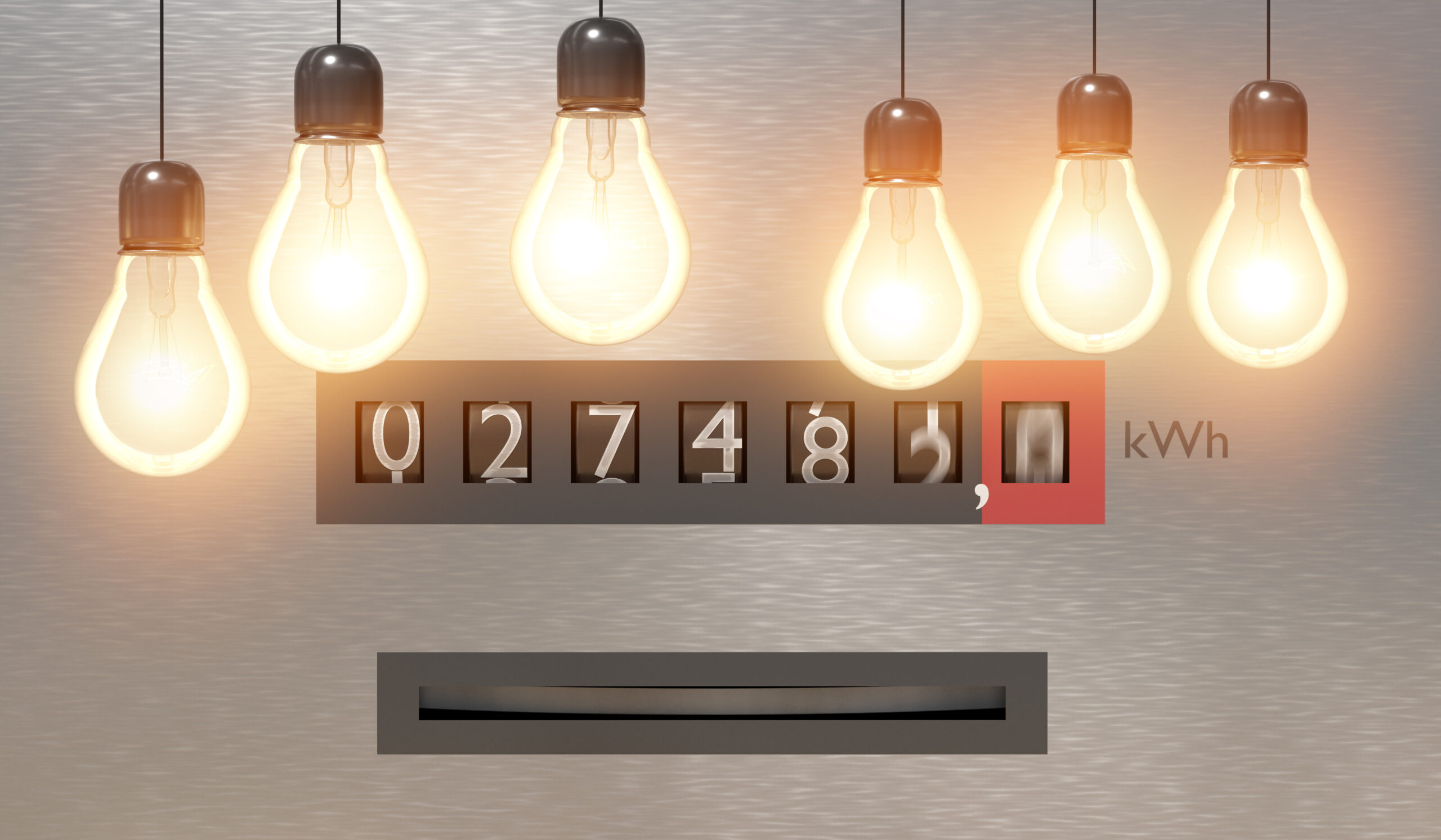When you move home or switch providers, it’s important to know what to expect. Connecting electricity should be a straightforward process, but it’s easy to miss a step or a deadline and end up with unwanted delays and expenses.
Read our guide to make sure everything goes smoothly when you connect your electricity.
On this page:
- Moving home
- Connecting electricity: step-by-step
- Switching providers
Moving home electricity
Rental Properties and Existing Homes
If you are moving house to a rental property, or if you have bought a home with an existing electricity supply, then you will need to arrange a new connection. In this instance, a “new connection” simply refers to “switching on” the electricity by signing up for a new plan. The physical connection will already exist, but it’s still important to check for any issues or faults as soon as you are connected.
Your new home will likely have different energy needs than your current place, so it’s a great time to compare plans to find the cheap electricity deal. In some cases, you might be able to transfer your current energy plan to avoid exit fees, but you might end up paying more than you need to in the long run if the plan features aren’t appropriate for your new home.
Your real estate agent could offer the services of a utility connection company. These services arrange for your electricity, gas and water to be connected on the day you move. This service can be a convenient, one-stop solution to save you some time. However, you should bear in mind that they are not a comparison tool, so the new energy plan you are connected to might not give you the best electricity prices, which could cost you hundreds of dollars in the long term.

Embedded networks
Embedded networks are commonly found in apartment complexes, retirement villages and caravan parks. If you are part of an embedded network then the owner or landlord of the site purchases electricity from a retailer and onsells it to residents.
In this circumstance, the owner must become an “exempt seller” and must abide by certain exemption conditions, including:
- Charging rates that are equal to or less than the reference price of your state or territory.
- Providing financial difficulty support such as flexible payment options.
- Issuing a clear billing schedule.
- Including a clear procedure to lodge complaints.
- Providing a clear and fair disconnection procedure.
It is still possible to choose your own electricity retailer if you are part of an embedded network, however, because the owner is already paying the supply charges for the whole site, you will need to make arrangements with the retailer or owner to make sure you don’t end up paying these charges twice.
All exempt sellers are required to join the energy ombudsman, so if you have any concerns or complaints, you can escalate them to the ombudsman if necessary.
New builds
The key difference if you have built a new home is that there is no physical infrastructure to deliver electricity to your home.
Your builder will arrange this for you by submitting a service request to your distributor. Once this has been completed, your new retailer will arrange for a meter to be installed.
To receive a certificate of occupancy for the property, all electrical works must be carried out by a licensed professional.
In many cases, the cost of installing the service line and meter will be included in the connection fee. However, if complex works are required, such as installing new poles or lines, then additional fees could apply. Your builder can arrange a quote for you so you don’t have any unpleasant surprises.
As soon as you move in, you should check for any electrical faults or issues and report them immediately to your builder.

Finding the best plan for your new home
The secret to finding cheap electricity and gas is to match your unique needs to the perfect plan. Whether you are a renter, owner or builder, some things to consider when you compare energy for your new home are:
- The size of the property
- How many residents will live there
- The location
- Type of hot water system
- Type of heating/cooling system
- Energy requirements e.g. work from home, off-peak usage
- Solar panels and battery
- Renewable or carbon offset plans
- Heavy usage items such as a swimming pool, electric vehicle or underfloor heating (you can make significant savings by having these items separately metered on a controlled load tariff).
Connecting electricity: step-by-step
Follow this checklist to make sure your electricity is connected to your new home or small business on time.
- Compare your options – contact CheapBills around 4 weeks before your new connection date so that our experts have plenty of time to compare electricity plans and arrange your connection.
- Book your connection date – allow a minimum of five business days for a new connection. As soon as you have chosen a new retailer, we recommend letting them know your move-in date to avoid any delays. (If you are using our service, we’ll take care of this step for you.)
- Make sure you consider public holidays and weekends in your timelines.
- You will be charged a connection fee of between $10 and $100. This is determined by the distributor.
- An urgent connection can cost up to $400 for same-day service or a connection in less than the retailer’s standard timeline, so planning ahead is really important!
- Settle any outstanding bills and exit fees with your current provider. This will make sure you have a high credit rating which will help you secure a new plan.
- Take a meter reading at your current and new home using a time-stamped photo. This will be helpful if there are any bill disputes.
- Check your new property for electrical faults or malfunctions as soon as you move in and report them within the first 48 hours.
Switching providers to find a cheaper electricity plan
You should compare gas and electricity plans every 6 to 12 months to make sure you are getting the best deal. When you make the switch, even if you aren’t moving home, you will need to establish a new electricity connection with your new retailer.
The key to avoiding any disruptions to your service or extra costs is to make sure you notify your current and new providers of the changeover date at least 5 business days in advance, so they can book the disconnection and connection. To take the hassle out of the process, CheapBills will do all the work for you when you use our 100% free comparison service.
Call the team on 1300 786 045 or enter your details online to start saving today.
Related article: Are Electricity Prices Going Up in 2023








